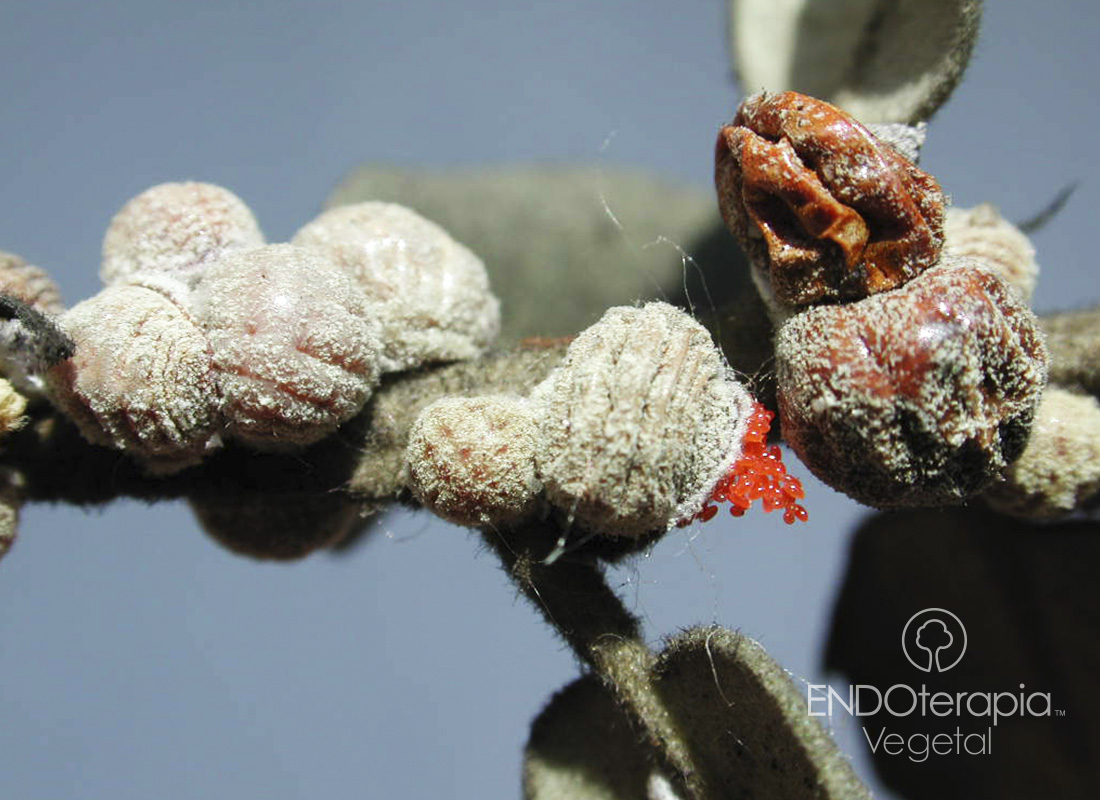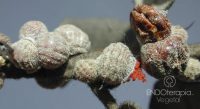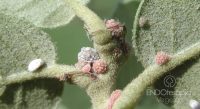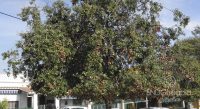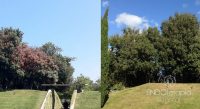Project Description
This cochineal insect deserves its own section due to its unique characteristics. It affects trees of the Quercus genus, but mainly holm oaks (Quercus ilex).
Like the other cochineal, it is a hemiptera insect, with a clear sexual dimorphism: males are reddish and winged, while females (Fig. a) are round, of an orange-browny colour, with atrophied legs and antennae. They have a hard cover that protects them and they remain motionless in the terminal parts of the shoots (Fig. a and Fig. b), from which they will no longer move.
It has an annual generation; females begin laying eggs at the beginning of summer, when the temperature is around 25ºC. It lays about 2,000 eggs that are bright red colour (carmine – hence the name) and are protected by the shell of the already-dead female.
In cases of important damage, it can cause the weakening of the plant and canker of the branches and twigs of the holm oak (Diplodia corticola); this disease also causes leaf chlorosis and the wilting of the leaves of the affected branches, with the subsequent defoliation and desiccation. It is characterized by lesions in the affected branches, such as elongated areas of necrotic bark and small lenticular cracks, the fruiting bodies of the fungus (Fig. d).



